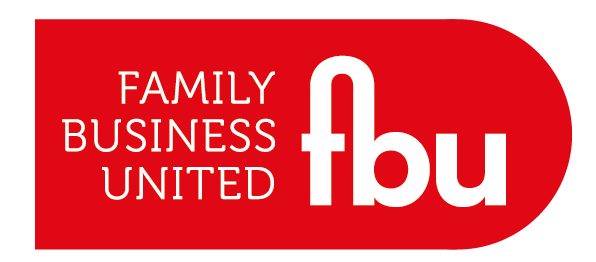A Snapshot Of Family Businesses In Europe
- Paul Andrews - Founder & CEO, Family Business United

- Dec 13, 2014
- 3 min read

The 2014 Survey of Corporate Governance Practices in European Family Businesses provides a snapshot view of some of the largest family businesses in France, Germany, Italy and Spain, along with some surprising facts. How are Europe’s largest family businesses run? What do their boards of directors look like? How do they function? And how do they decide who takes the title of CEO?
For example, although 50 percent of board seats are occupied by family members, women make up only 16 percent of the average board.
And while the professionalisation of Europe’s family businesses is evident, only about a third of their boards have any experience with CEO succession planning. Also, only a third of the boards have emergency CEO succession plans in place.
The survey covers four topics:
(1) board composition,
(2) board efficiency,
(3) CEO succession planning and
(4) the CEO/chairman backgrounds.
It was conducted by Russell Reynolds Associates, an executive leadership and search firm, and it was overseen by IESE’s Josep Tàpies, holder of IESE’s Family-Owned Business Chair. The 400 largest family-controlled businesses in France, Germany, Italy and Spain were targeted, with 106 of them responding.
Who Sits on the Boards?
In Europe, on average, 50 percent of board seats are occupied by family members representing ownership interests. With the average board surveyed consisting of 7.4 members, only two seats (27 percent) go to independent directors, while company executives and other shareholder representatives occupy a seat a piece.
At the same time, there are relatively few female directors: women make up 16 percent of the board, on average. Yet gender diversity varies widely on European family-controlled boards, ranging from just 10 percent in Germany to 25 percent in France.
Foreign diversity is relatively scarce, with only eight percent of the board hailing from another country.
Family members’ presence on boards varies considerably country by country. In Spain, family members make up 62 percent of the average family-business board. Meanwhile, in Germany, family members make up only 25 percent of the average board. France and Italy are close to the survey average, with 51 percent and 56 percent, respectively.
In Spain, independent directors make up only 17 percent of the board, while Germany pushes up the average with 51 percent.
Understanding Board Efficiency
Formalised corporate governance practices are important in family businesses. In this survey, almost all boards review their companies’ economic and financial situations, as well as their capital expenditures and sales performances. Meanwhile, competitive, industry and client trends are on only 80 percent of the boards’ agendas.
When asked if they would describe their boards’ role as “informative,” “consultative” or “decision making,” more than half replied that their boards play a decision-making role. In developing the company’s strategic plan, 57 percent report that their boards’ role is “approval only.” Meanwhile, 40 percent feel that their boards both prepare and approve the strategic plan.
Yet only half of European boards surveyed have more than a week to prepare for board meetings. Moreover, 22 percent have fewer than three days to prepare. The German and French boards tend to get more advanced warnings of their meetings than Spanish and Italian boards do.
Interestingly, only 39 percent of boards surveyed have an “Audit and Risk” committee while 43 percent have a “Nominating/Remuneration” committee.
CEO Succession Planning
In family-controlled businesses, CEO succession can be a touchy subject. Just half of the boards surveyed (49 percent) have identified possible internal CEO candidates.
Furthermore, only a third of boards surveyed have a plan to replace the CEO in the event of an emergency. French boards tend to be better prepared, with 62 percent having a plan, compared with only 18 percent of Italian boards.
Boards also vary widely in their level of experience with CEO succession planning. On 95 percent of the German boards surveyed, at least one director has succession planning experience. In contrast, on the Italian boards surveyed, only 28 percent report having a member with experience.
How many internal or external candidates to evaluate for the CEO role? More than half of the family businesses say they consider it ideal to evaluate two or fewer candidates. At the same time, 60 percent of boards say that their internal candidates are benchmarked against external candidates in the market.
CEO and Chairman Background
In the end, more than two-thirds of the CEO’s of family businesses in Europe are promoted internally. In Spain this number is higher: 85 percent of CEO’s hail from the same company.
When CEO’s come from external companies, they are most likely to bring experience within the same industry. That said, it is surprising that only 20 percent of external CEO hires come from other family-owned companies.
In contrast, when the chairman of the board comes from a different company, they are most likely to bring experience from another family-owned enterprise.
While European companies tend to separate the chairman and the CEO roles, 27 percent of family businesses surveyed combine them.








%20copy%20(4)%20copy%20(1)%20copy%20copy%20(1)%20copy%20(1)-Medium-Quality.jpg)



.png)
























